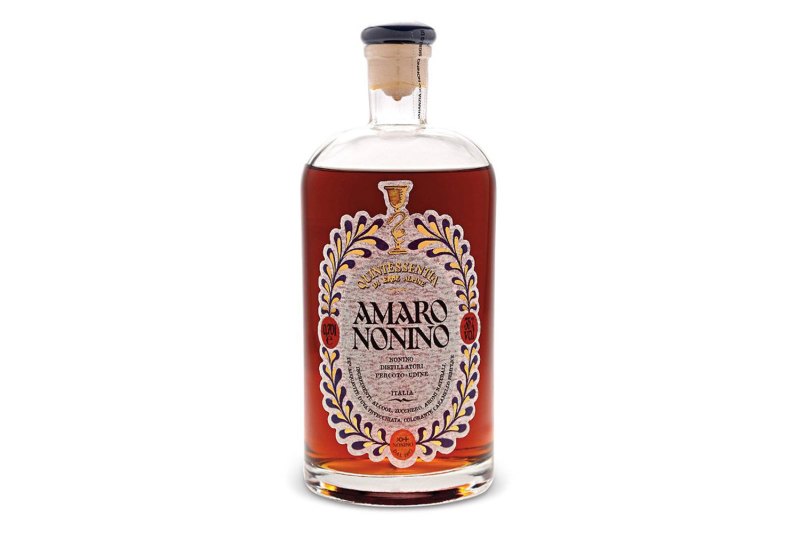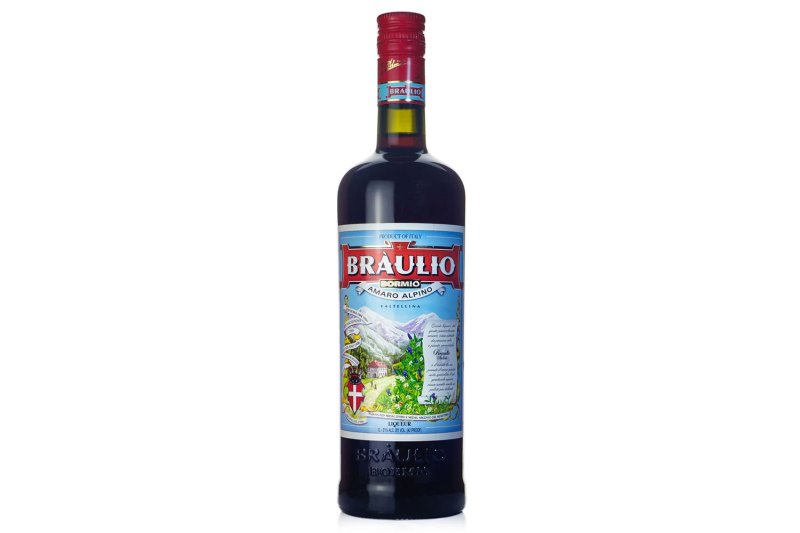There’s a chance you’ve been offered this after a heavy meal, or you’ve seen it listed as an ingredient in a cocktail, but what do you really know about Amaro? In the simplest terms, Amaro is an herbal liqueur known for its bittersweet flavor, thanks to the addition of various herbs, botanicals, fruits, and other ingredients, depending on the brand.
A popular after-dinner drink (or digestif), Amaro is usually lower in alcohol than whiskey, rum, and other dark, sipping spirits. But, while this is the general definition, it’s so much more complex.
What does Amaro mean?

Unsurprisingly Amaro translates to “bitter” in Italian (the plural form is Amari). It’s the perfect name for this liqueur. Due to the addition of various herbs, botanicals, and other ingredients, at its base, it’s bittersweet. But depending on the brand, it might be more bitter, sweeter, or lean into certain herbs, fruits, or other flavors.
What is its history?
Amaro is definitely not a contemporary liqueur. While there’s no official genesis, its history goes back to ancient Rome when the upper class would drink herb-infused wines. In the Middle Ages, monks made Amaro for medicinal purposes. By the 19th century, Amaro was such a popular herbal health tonic throughout Italy and other parts of Europe that it was even sold at pharmacies.
While not used as a cure-all remedy anymore, Amaro is still wildly popular today with countless brands available including Cynar, Fernet-Branca, Amaro Lucano, Braulio, Montenegro, and so many more.
What is Amaro made from?

As we briefly mentioned earlier, Amaro is well-known for its notable bittersweet flavor. A neutral spirit base, brandy, or wine is infused with roots, herbs, flowers, fruit, and other herbs and botanicals. After infusing, it’s sweetened and matured before being bottled for consumption. Brands keep their recipes very secret, usually only revealing a few of the ingredients to the general public.
What does it taste like?

This herbal digestif liqueur is often described as “bittersweet”, but not all Amari taste the same. This is because they’re made with different base alcohols and different ingredients. But bittersweet is a good description of most if not all Amari. On top of the bitter, herbal flavors, many Amari are syrupy, nutty, fruity, and earthy.
How do you drink it?

Amari is often enjoyed on its own. It’s used as a digestive aid after a heavy meal in Italy, Europe, and beyond. It’s sipped neat, at room temperature, or chilled (if that’s what you’re into). It’s also often enjoyed mixed with tonic water (or other sparkling waters) or mixed with cola. On top of that, it’s used as a cocktail ingredient. It’s used in drinks like the Paper Plane, the Negroni, the Hanky Panky, the Bitter Swagger, and more.
What are the different kinds of Amaro?

Technically, Amaro doesn’t have any official classifications. There’s also no organization governing the definition of what an Amaro is. Regardless, there are some well-known types. Some notable types include Fernet (known for its medicinal flavor), Alpine (known for its herbal, piney flavor), Carciofo (known for its vegetal, bitter flavor), Rabarbaro (known for its smoky, herbal flavor), Tartufo (known for its licorice, earthy, funky flavor), and Vino amaro (known for its bittersweet, sometimes fruity flavors).
What countries make Amaro?

While Amaro is most well-known for its association with Italy, it’s not the only country that makes bittersweet liqueur. Germany, France, Hungary, Slovakia, Czechia, The Netherlands, and even the US make Amari.
Why should you stock Amaro in your home bar?

There’s a chance you’ve never tried Amaro, and you’ve read through this whole article and were put off by the words “bittersweet”. Don’t let it sway your decision to try this versatile, complex liqueur. It’s so much more than a “bittersweet” flavored after-dinner drink. Ranging in alcohol content between 15-45%, it’s the type of spirit you’ll want on your home bar for mixing and sipping. There’s such a broad range of styles you might want to stock a few bottles. Fernet-Branca, Campari, Aperol, Averna, and more.
Bottom line

If you’re new to Amaro, hopefully, this article helped explain a little about this historic liqueur. Maybe you have a better idea about how versatile, flavorful, and well worth your time. Perhaps you’ll go out and buy a bottle of Braulio, Averna, or Campari. Sip them neat or mixed into sparkling water and mixed into a cocktail. Maybe you drink it after a heavy holiday meal. One taste, and we believe you’ll be hooked by the elegant, complex flavor profile. Maybe some bottles will even earn permanent spots on your home bar.





